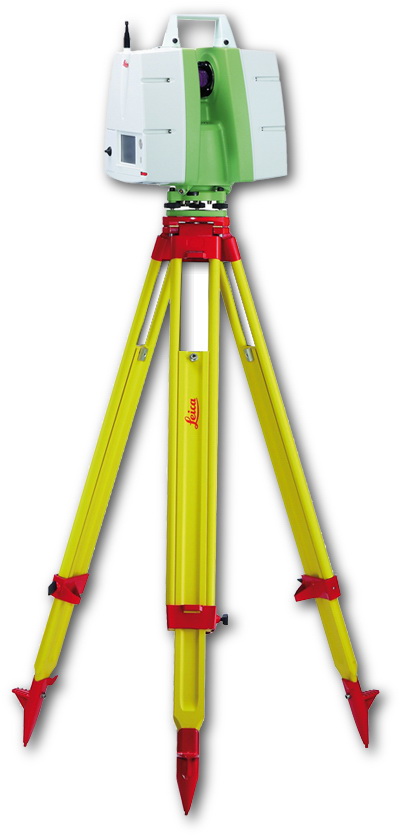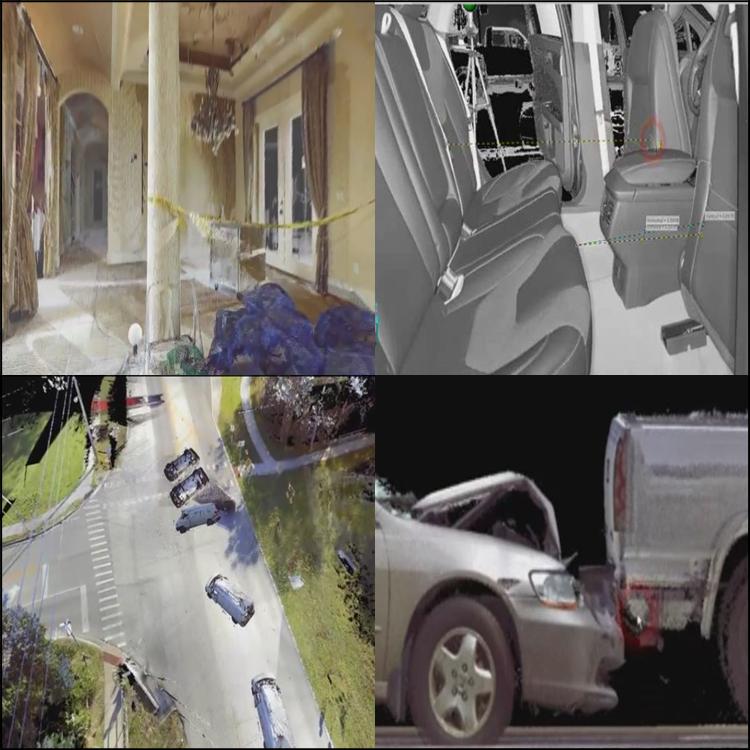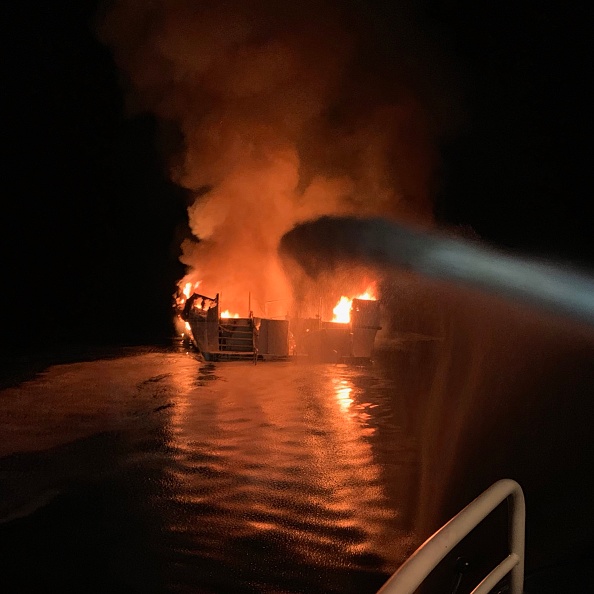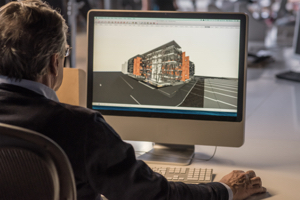During an accident/incident investigation why use object scanning technology in litigation cases instead of traditional methods?
The answer: speed, accuracy, cost and the ability to return to the data days or even years after the original evidence has been destroyed.
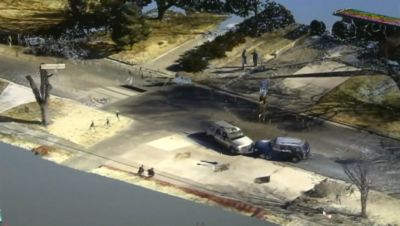
What is 3D laser scanning technology?
Originally it was designed for assisting surgeons in finding precision locations during surgery.
This highly accurate device enables CED’s engineers to precisely measure and document building, vehicles and component parts with specific applications in automotive, aerospace, water vessel, railway and industrial environments with a high degree of measurement, validity and reliability.
With the aid of Computer-Aided Manufacturing Measurement software, the scanner can be used to reverse engineer both simple parts and complex components. The resultant scanned images are assembled into 3-dimensional electronic Computer-Aided Design (CAD) models specificto the actual product under investigation.
Examples of how CED uses the equipment to serve clients includes:
Vehicles – (cars/trucks/tractors/trailers/boats/rail-cars/components/etc.)
The traditional method of collecting vehicle crush measurements are time consuming with hand written coordinates or measurements generated using a tape measure and documented with photographs. These notes are then given to someone to create an engineering drawing.
However, with a portable scanning device an engineer can measure the entire vehicle in as little as 2 hours depending on the amount of deformation. But the huge time saver is that as the data points are selected, the computer software builds a surface model in real time. The engineer walks away with a 3D computer model. The model can then be used to
(1) measure the amount of crush deformation
(2) be analysed by biomechanical engineers for passenger biokinematics or
(3) loaded into computer crash simulation or animation software.
Product Liability
To avoid liability, manufacturers should ensure their products are properly designed and manufactured to avoid injury.
The scanner can be used to identify hazards or after an incident, to accurately measure and document a component exemplar for comparison to the component artifact.
The scanner can assist CED engineers in finding the cause and origin of a failure and also gives them data they can use to offer the client possible design change options.
Structures
In the case of a fire or partial building collapse, before the remaining structure is demolished, scanning can be completed to help preserve the evidence in 3D format.
Scans can be used to document poorly constructed buildings, as well. These 3D files are then available for settling claims or litigating cases.
Design or Testing Capabilities
Another scanner application is reverse engineering which allows engineers to take a physical object and create an exact digital replica.
The digital file created by the scanner can be used for non-destructive testing and analysis (including structural analysis, fluid dynamics testing and finite element analysis) or for
reproducing valuable design information for items where no full or accurate documentation exists.
These are only a few examples of how digital scanning enhances forensic engineering inspections.
The scanner offers speed and superior data quality for documentation.
Featured Engineer: Anthony L. Bocchichio, P.E., CFEI, CVFI, Mechanical Engineer
Submit a case or claim online.
Contact a CED Engineer in your region.
